A new, more sustainable AI model recognizes visual scenes by mirroring brain processes, opening doors for applications in medical diagnostics, drug discovery and beyond.


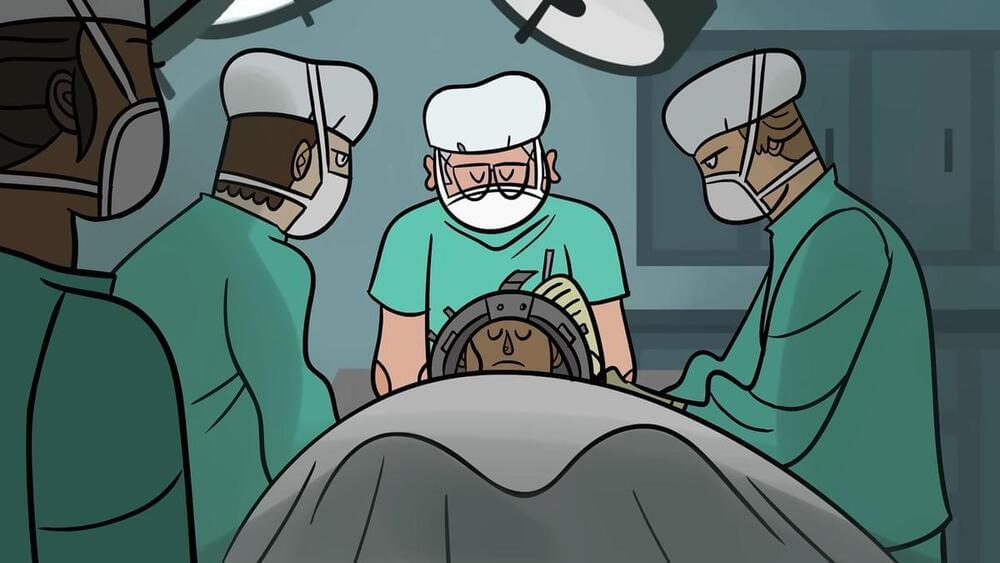

A new study reveals a ‘nano-switch’ in ferredoxin that affects its electron transfer, which could lead to advancements in sensors and drug development.
Researchers in Japan have discovered a mechanism for controlling the potential of an “electron carrier” protein in the redox reaction that all organisms need to obtain energy. Through experiments, the precise 3D structure of the protein, including hydrogen atoms, was determined, and theoretical calculations using this data visualized the electronic structure of the iron-sulfur cluster.
The results revealed, for the first time, that the electric potential of the iron-sulfur cluster changes dramatically depending on the presence or absence of a single hydrogen atom at an amino acid side chain, a so-called “nano-switch” mechanism. This research, recently published in the journal eLife, not only deepens our scientific understanding of biological reactions but also provides crucial insights for the future development of ultra-sensitive sensors for oxygen and nitric oxide, as well as novel drugs.

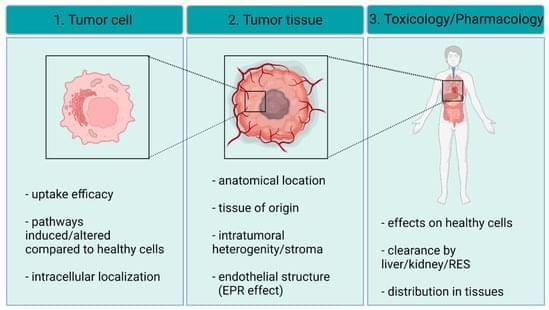
As an emerging new class, metal nanoparticles and especially silver nanoparticles hold great potential in the field of cancer biology. Due to cancer-specific targeting, the consequently attenuated side-effects and the massive anti-cancer features render nanoparticle therapeutics desirable platforms for clinically relevant drug development. In this review, we highlight those characteristics of silver nanoparticle-based therapeutic concepts that are unique, exploitable, and achievable, as well as those that represent the critical hurdle in their advancement to clinical utilization. The collection of findings presented here will describe the features that distinguish silver nanoparticles from other anti-cancer agents and display the realistic opportunities and implications in oncotherapeutic innovations to find out whether cancer therapy by silver nanoparticles is fiction or reality.
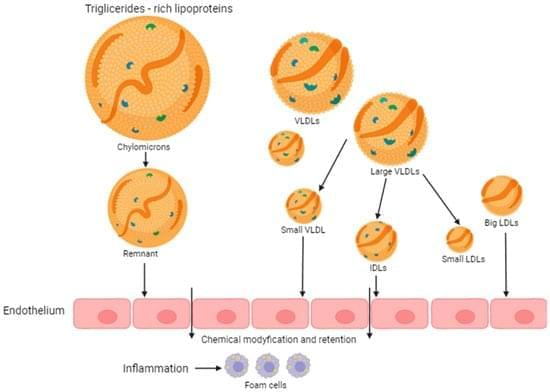
Lipids, together with lipoprotein particles, are the cause of atherosclerosis, which is a pathology of the cardiovascular system. In addition, it affects inflammatory processes and affects the vessels and heart. In pharmaceutical answer to this, statins are considered a first-stage treatment method to block cholesterol synthesis. Many times, additional drugs are also used with this method to lower lipid concentrations in order to achieve certain values of low-density lipoprotein (LDL) cholesterol. Recent advances in photodynamic therapy (PDT) as a new cancer treatment have gained the therapy much attention as a minimally invasive and highly selective method. Photodynamic therapy has been proven more effective than chemotherapy, radiotherapy, and immunotherapy alone in numerous studies.
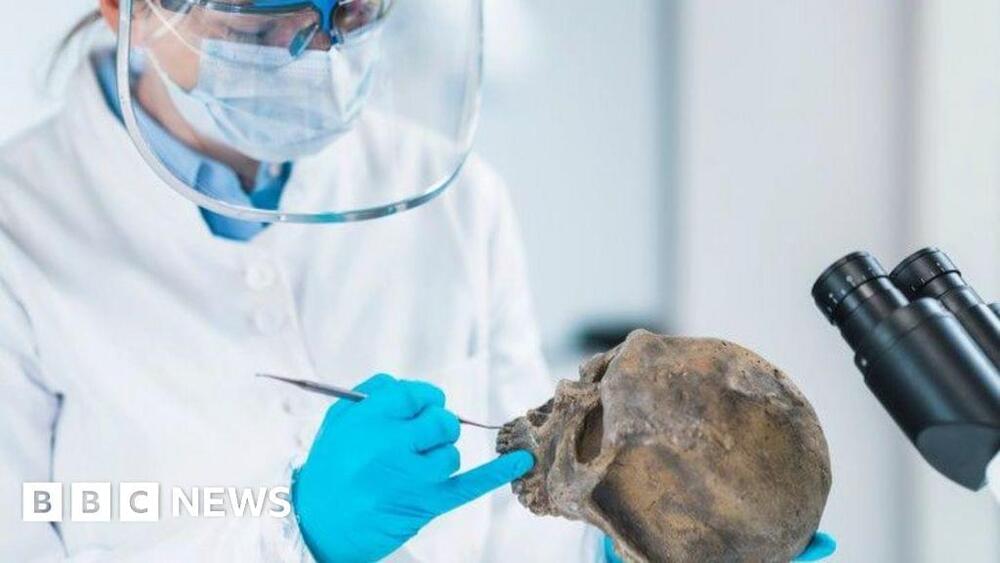
It could lead to vaccines that could be simply rubbed onto the skin like creams.
Some bacteria, like harmless Staphylococcus epidermidis, have adapted to thrive on human skin.
Immunologists have often overlooked the role of skin bacteria in our health. However, recent research suggests that this seemingly ordinary bacterium triggers a powerful immune response in our bodies.
The researchers wanted to know if a mouse, which doesn’t naturally have S. epidermidis on its skin, would produce antibodies against this bacteria if it were introduced.
Noting that recent advances in artificial intelligence and the existence of large-scale experimental data about human biology have reached a critical mass, a team of researchers from Stanford University, Genentech, and the Chan-Zuckerberg Initiative says that science has an “unprecedented opportunity” to use artificial intelligence (AI) to create the world’s first virtual human cell. Such a cell would be able to represent and simulate the precise behavior of human biomolecules, cells, and, eventually, tissues and organs.
“Modeling human cells can be considered the holy grail of biology,” said Emma Lundberg, associate professor of bioengineering and of pathology in the schools of Engineering and Medicine at Stanford and a senior author of a new article in the journal Cell proposing a concerted, global effort to create the world’s first AI virtual cell. “AI offers the ability to learn directly from data and to move beyond assumptions and hunches to discover the emergent properties of complex biological systems.”
Lundberg’s fellow senior authors include two Stanford colleagues, Stephen Quake, a professor of bioengineering and science director at the Chan-Zuckerberg Initiative, and Jure Leskovec, a professor of computer science in the School of Engineering, as well as Theofanis Karaletsos, head of artificial intelligence for science at the Chan Zuckerberg Initiative, and Aviv Regev executive vice president of research at Genentech.
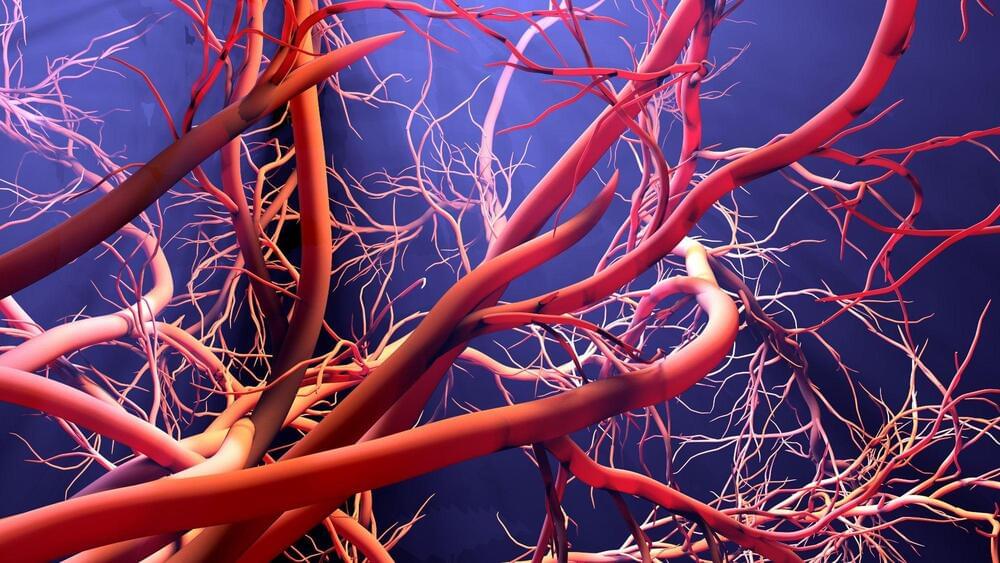
A recent study published in the journal Aging by Julia Michalkiewicz, Tung D. Nguyen, and Monica Y. Lee from the University of Illinois at Chicago College of Medicine underscores the essential role of the protein Nucleoporin93 (Nup93) in preserving blood vessel health during aging. The authors discuss emerging research that identifies Nup93 as a potential therapeutic target for preventing or mitigating aging-related conditions such as heart disease and stroke.
Cardiovascular diseases remain the leading causes of death worldwide, with aging identified as a major risk factor. Vascular health declines as endothelial cells (EC)—the protective lining of blood vessels—lose their functionality with age. This deterioration leads to inflammation, arterial stiffening, and reduced blood flow, significantly increasing the risk of life-threatening diseases. The authors underscore the urgent need to uncover the molecular mechanisms driving these changes.